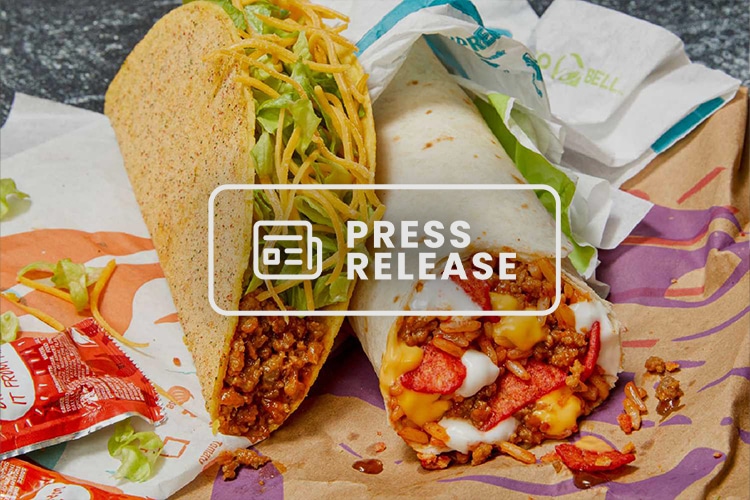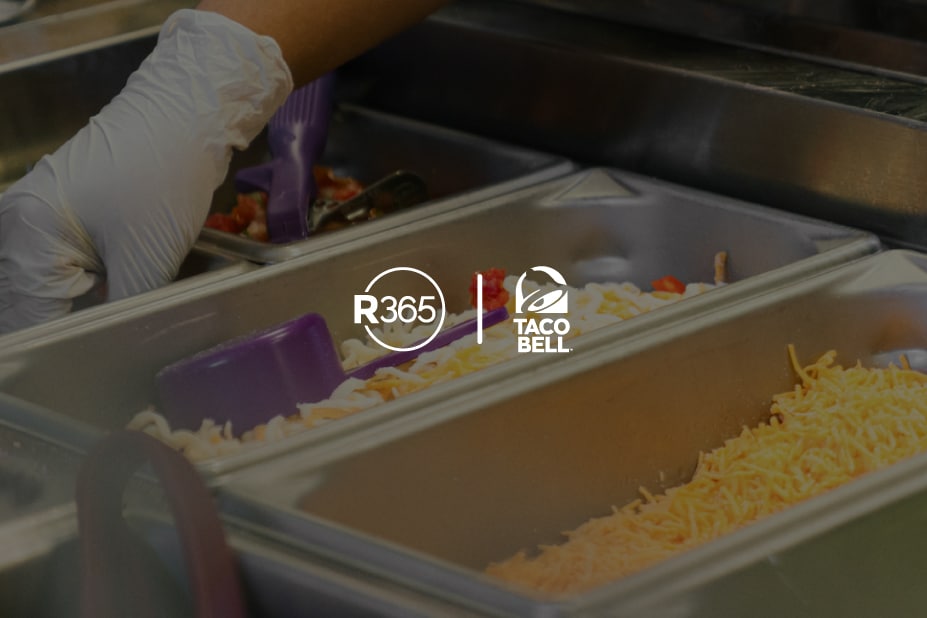As a restaurant finance or accounting leader, you and your team can play a unique role in supporting your operations team.
Your restaurant group’s profit margin depends on two areas: top-line revenue and controlling expenses. While both areas may be executed through the operations team, revenue and expenses can be optimized with help from thoughtful and thorough financial analysis.
Day-to-day responsibilities might differ between corporate-level financial leadership and operations leadership, but the teams shouldn’t be isolated.
Here’s how you and your restaurant finance team can collaborate with your operations team to increase your restaurant’s profitability.
Why restaurant finance should guide restaurant operational efficiency
Insights from the financial team can help impact operational efficiency and boost revenue to improve overall profitability. Restaurant accounting teams can help connect operating and financial data at the store level, as well as zoom out to examine big-picture revenue and costs.
To help restaurant finance guide restaurant operations efficiently, the key is to make sure that data is accessible. Without full integration between operations and accounting software, your teams may be looking at data separated across various spreadsheets or manual imports. Sharing information between teams shouldn’t require time-consuming communication to ensure accurate reporting, cost management, and forecasts.
Restaurant accounting staff can help foster collaboration by providing consistent restaurant analytics across the company. For instance, by leveraging restaurant-specific software that integrates with your point of sale (POS) system, you can ensure all managers and above have access to robust data about sales, labor, and food costs.
You and your restaurant finance team have the unique capability to provide the foundation for a data-driven culture across your organization. With financial and operational information in hand, accounting and operations can help each other identify areas of improvement as well as new opportunities.
Working with operations to set a prime cost goal
Your prime cost is the largest expense for your restaurant — and it’s under pressure. Your food cost or cost of goods sold (CoGS) may be increasing due to inflation and supply chain disruptions. Your labor cost may also be increasing, due to labor shortage issues.
Your restaurant profitability hinges on your prime cost, making it critically important to proactively track and streamline those expenses. You can help set benchmark goals for prime cost, whether by the week, reporting period, or on an annual basis.
Once these goals are set, up-to-date visibility into prime cost numbers can help restaurant operations teams make the adjustments they need to meet them. Prime cost is determined by a few small decisions that are made at the store level daily. From ordering inventory for the weekend to scheduling staff for next week, these small decisions add up over time to impact the larger numbers.
You and your finance team can help operations leadership access the data they need to find ways to add efficiencies and increase profitability over time.
Helping operations identify and correct food cost inefficiencies
After examining prime cost, finance and operations teams can dive into other areas, like your CoGS. There are many ways operational reporting insights can drive food cost efficiencies.
For instance, reviewing your CoGS report daily allows managers to adjust purchasing and usage on a more frequent basis. Smart ordering or smart prep suggestions, based on forecasted sales, can help minimize over-ordering or over-prepping. Additionally, actual vs. theoretical food cost analysis can help compare your theoretical food cost for a specific period, versus what you actually spent. From there, operations can drill down into the variance by category or individual inventory item to find the root of the gap.
Restaurant finance and accounting teams can also help operations examine food ingredient prices and relationships with suppliers. Keep an eye on vendor pricing by creating reports that flag items received above the agreed-upon contract price. Price reports can also compare item prices across locations to spot opportunities to negotiate with suppliers or seek inventory alternatives.
Working with operations to set ideal labor productivity goals
Labor, the other main cost for your restaurant business, is also heavily dependent on the decisions made at the store level. Your managers make schedules that determine labor efficiency, productivity, and extra costs like overtime. You can empower managers with actionable data and reliable reporting, so they can use that information to optimize labor spend.
Forecasting future sales is one of the most helpful tools for optimizing employee scheduling. Establishing a successful forecasting system allows managers to see what days and specific day parts may need the most staff, making the most out of your labor spend.
But even with forecasting, labor is an extremely complicated operational area. To help your restaurant operations leadership make smart decisions, you can provide goals around labor and productivity for different locations. Consider sharing metrics such as:
- Labor cost as a percentage of sales overall and by category of restaurant staff
- Sales per labor hour (SPLH)
- Sales per server hour (entire team)
- Average sales per server (individual team members)
- Labor cost per staff role
- Covers per labor hour
Keeping an eye on these metrics can help managers make small adjustments to schedules over time, helping control costs and minimizing disruptions for staff.
And if labor is still an issue within operations, potentially related to the staffing shortage, you can help operations consider technology tools that may reduce labor costs, such as online order management systems, QR codes for contactless payment, or waitlist or reservation kiosks.
Collaborating with operations to increase restaurant revenue
Finally, after working on controlling expenses, you and your restaurant finance team can also leverage operational reporting to optimize the other part of your restaurant group profitability equation: your revenue. Your finance team can impact revenue in a few different areas.
Guide Operations on the Most Effective Use of Menu Analysis
Your menu mix is one of the most critical pieces of your restaurant revenue. Menu engineering tools allow operations to rank menu items by popularity and profitability, based on sales levels and item cost compared to item prices.
Menu engineering is an excellent opportunity for collaboration between operations leadership and finance teams. The key to useful menu engineering is automating how you track reliable, timely data. If finance can provide this information to operations, your teams can understand the profit contribution of each menu item and view the product mix overall.
From there, your team can make decisions about what item categories to promote, adjust, or potentially retire. It can also be an opportunity to consider whether and how much to change prices, to increase margins without creating a negative reaction from customers.
Take a Leadership Role in Menu Pricing
Menu pricing tracks the cost of individual menu items based on the price of individual ingredients. Using inventory price information and product yield data, you can calculate menu item recipe costs down to the penny. Recipe costs give you the foundation you need to set prices that protect a healthy profit margin.
If operations must do the recipe costing and menu pricing process manually, it can be time consuming and often inaccurate. However, the finance team can help operations access software that can automatically calculate food costs and profits, giving the team the tools they need to review and evaluate menu pricing for existing and future menu items.
Identify Marketing and Promotions to Attract More Customers
Next, you can play a key role in identifying new opportunities to attract customers and increase overall top-line revenue. Operations may have great marketing ideas based on their in-store experience, and finance can provide insight on cost projections and benefits to financial statements.
Identify New Revenue Streams
The entire restaurant organization can be involved in expanding business and finding new opportunities for growth. The finance team can collaborate with operations to evaluate new financial and operational requirements for new business development opportunities. From third-party commissary kitchens to franchising options to expanding off-premises business, there are many ways to add new income streams to your company. You and your finance team can provide valuable input about resources, financing options, and cash flow or restaurant group profitability forecasts.
Conclusion
Staying competitive in today’s restaurant industry means that no team in your company can be siloed. Success in both finance and operations is critical to the long-term health of your restaurant group. You and your restaurant finance/accounting team has the skills and industry knowledge to address challenges and find new opportunities in operations. With increased collaboration between your finance and operations leads, you can help everyone in better decision-making, resource allocation, and overall execution of the company’s vision.
If you would like to easily track data and gain insight into your restaurant finance and operations data to increase efficiency and boost profits, consider a comprehensive, restaurant-specific management solution. Restaurant365 is an all-in-one restaurant management system incorporating financial reporting, operational reporting, restaurant accounting, restaurant operations, inventory management, payroll + HR, and scheduling into a cloud-based platform that’s fully integrated with your POS system, as well as to your food and beverage vendors, and bank.



